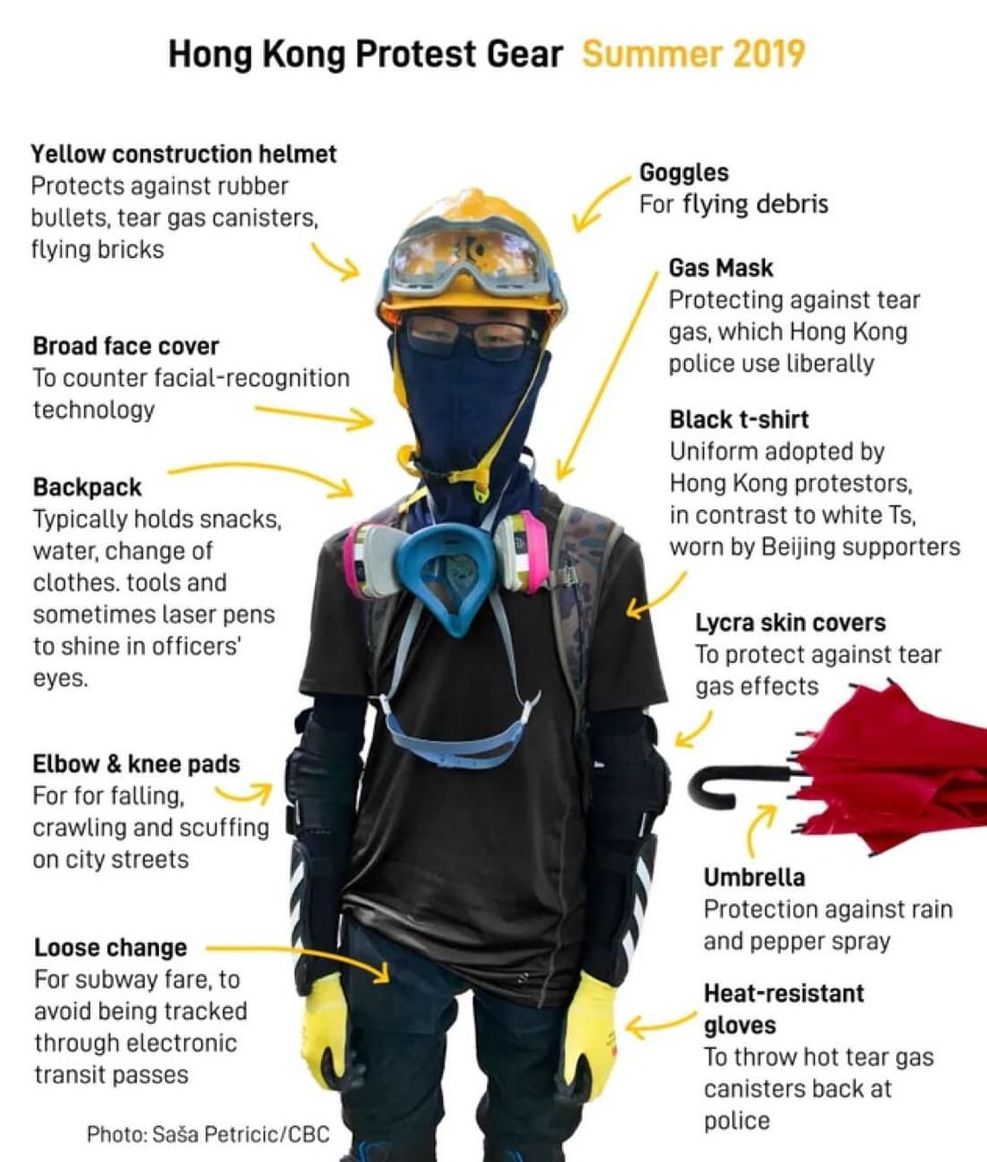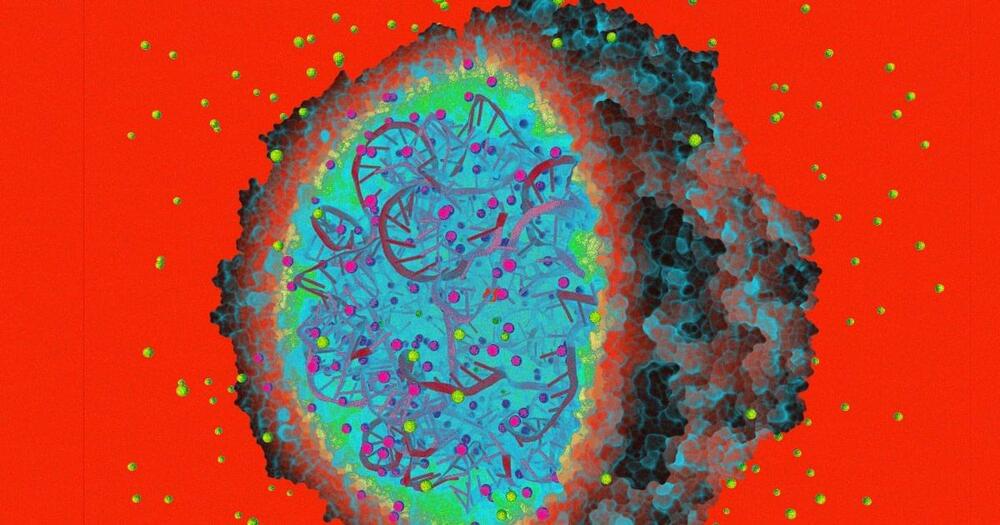SpaceX is giving Boca Chica Village homeowners more time to consider its buyout offer and is agreeing to reappraise the properties after complaints that the original appraisals were too low.
Last month, the Hawthorne, Calif.-based rocket company sent property owners a letter dated Sept. 12, offering them three times the value of their homes based on appraisals SpaceX had commissioned. The deadline for accepting the offer was two weeks from the date of the letter and the offer was non-negotiable.
SpaceX said it wants to buy the properties due to a greater-than-anticipated disruption to residents and property owners as development of the company’s Mars rocket, Starship, gains steam.







